Prime minister bemoans pace of progress getting new plants out of the ground compared to overseas countries
The government has unveiled plans to build more nuclear power plants across England and Wales by cutting red tape to make it easier to build them.
Currently, nuclear development is restricted to eight sites – as part of a planning statement on nuclear power generation that was made in 2011.
Under reforms announced today, the government said a refreshed planning framework will help streamline the process to encourage investment and enable developers to identify the best sites for their projects.
The proposals will include mini-nuclear power stations in planning rules for the first time which also see proposals to scrap the set list of eight sites and removing the expiry date on nuclear planning rules – in order to prevent projects being timed out.
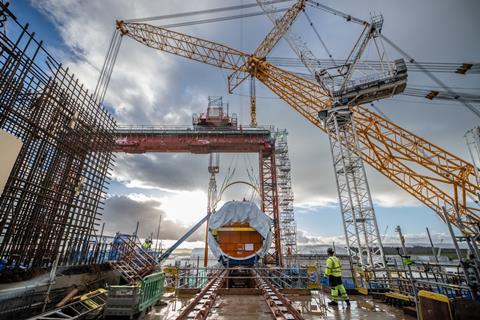
Prime minister Keir Starmer said the reforms to planning rules will clear a path for smaller and easier to build nuclear reactors.
Under the plans, a Nuclear Regulatory Taskforce – to spearhead improvements to regulations to help more companies build in the UK – will be set up and report directly to the Starmer. The government said it will appoint an independent head to lead the taskforce shortly.
Starmer said: “This country hasn’t built a nuclear power station in decades. We’ve been let down and left behind.
“I’m putting an end to it – changing the rules to back the builders of this nation and saying no to the blockers who have strangled our chances of cheaper energy, growth and jobs for far too long.”
The last nuclear power station, Sizewell B, was built by Laing 30 years ago and Laing O’Rourke is currently one of the firms building the first nuclear site since at Hinkley Point C.
O’Rourke chief executive Cathal O’Rourke said: “This announcement is a significant step forward for the UK’s nuclear industry. The clarity provided by these new planning rules, the focus on streamlining the regulatory process and the emphasis on standardising reactor designs is precisely the sort of clear, unequivocal direction the industry needs.”
>> Also read: Hinkley Point C: Building Britain’s first nuclear reactor in 30 years
>> Updated National Planning Policy Framework explained
Starmer said the Hinkley job only began “after years of delay caused by unnecessary rules”, pointing out that an environmental assessment required to get planning ran to 30,000 pages.
He compared the UK’s progress unfavourably to overseas rivals with China constructing 29 reactors, while the EU has 12 at planning stage.

But Starmer said reactors would be not be built just anywhere in the country, saying there would be restrictions near densely populated areas and military activity.
Explaining the role of the task force, energy secretary Ed Miliband said: “Britain is currently considered one of the world’s most expensive countries in which to build nuclear power. The taskforce will speed up the approval of new reactor designs and streamline how developers engage with regulators.
“The taskforce will better align the UK with international partners so reactor designs approved abroad could be green lit more quickly, minimising expensive changes.
“It will also examine how to reduce duplication and simplify processes where there are multiple regulators covering overlapping issues, as well as ensuring regulatory decisions are both safe and proportionate.”
The new government has announced a slew of planning reforms in its first seven months of power including changes to planning rules and limiting the number of judicial reviews for infrastructure schemes.
The government said the eight sites earmarked in 2011 for nuclear power stations “remain attractive for future nuclear projects”.
The sites include Bradwell in Essex, Oldbury in Gloucestershire and Wylfa in Anglesey.



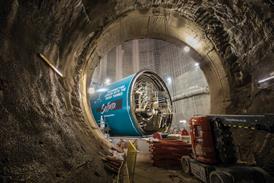








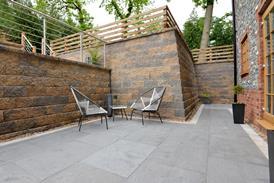


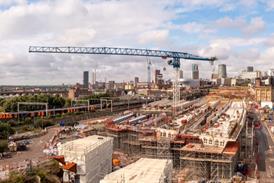
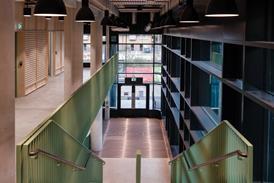











No comments yet